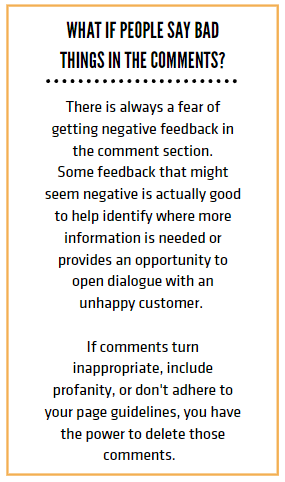Utilities, regardless of size, need the community they serve to trust in their ability to provide reliable drinking water. Even more, a utility needs their community to trust in their decision making, infrastructure spending, and rate setting. Trust is built on a number of principals – competence, reliability, integrity, commitment, and sincerity. The most effective way to demonstrate your water system has these qualities is through communication.
The following 4 strategies can improve communication and build trust with your customers.

1. Be Consistent
Consistent communication is critical. If a utility isn’t providing information to customers regularly, those customers are not going to think to go to the utility to receive the “need-to-know” information in times of emergencies. Customers are going to go to the sources they know, which might be an unreliable news source, or an article written by a biased reporter.
The utility needs to establish itself as the expert in your community, that means being the familiar voice and reliable source for all information related to water. Sharing information and educating customers on a variety of water related topics is a great way to do this.
A consistent flow of communication is best achieved with a simple and well-rounded communication plan. Communication plans outline the important information that needs to be shared annually – such as Consumer Confidence Reports – and builds out content to share the rest of the year. These topics are often seasonal and can be related to treatment and distribution. For example, in April it might be a great time to remind customers about backflow devices, which is a seasonally relevant concern. Between messaging related to backflow a utility could share tips on efficient ways to water the lawn. See below for an example of a communication plan.
Topics can also help your community get to know the utility and staff or can just be for fun. What about a staff profile celebrating an operator’s new certification? Or, a “What’s this?” social media post where customers guess what an piece of equipment does, and then you explain and talk about why it’s important in the system as a whole. The goal is to establish the utility as an expert on all things water while building rapport.

2. Establish Channels
Customers need to know where to go to get all this incredible content. Through communication planning, determine what channels will be used to deliver information. Consider your customer when establishing streams of communication. If your customers are on Facebook, then creating a Facebook page might be the best plan. If your customers provide an email address for information, an e-newsletter might be a better option.
Be sure to consider staff who will be posting the information – don’t choose platforms that are too complicated or confusing. Once you have identified channels, make sure staff have sufficient training on the platforms selected. There are a lot of free training opportunities and information available to help staff familiarize themselves and become proficient with the formats your utility chooses to use.
3. Be Compelling
When developing content to include in a communication plan, don’t limit your scope to only educational or need-to-know information. Sometimes it’s not even necessary to limit topics to water. Some of the most attention-grabbing topics are human interest stories. Maybe you have someone on your staff who just celebrated a huge milestone with the utility or someone who goes above and beyond at work – highlight their efforts through an employee spotlight. Maybe your department collected cans of food for a local food bank or participates in The Salvation Army Red Kettle campaign – share those great stories with your community. These stories will humanize your company – now your customers aren’t just getting their water from “The Water Utility”, they can put faces to your name.
4. Be Curious
Establishing communication channels is a great way to share information, but it also provides an opportunity to get to know your customer. Utilize prompts, polls, and the comment feature to share ideas, receive feedback, and identify areas or topics to address in future communications. When prompted, customers might express that their bill is hard to understand, or they don’t agree with the most recent rate increase – this is an opportunity to tell your customer that you hear their concerns and offer ways to help them. This feedback identifies potential future content. For example, feedback may show a need for a video going over the various components of their bill, a townhall to answer questions about rate increases, or forum to share future infrastructure projects and outcomes.
Communication is a great way for utilities to create brand awareness and build trust with customers. These 4 strategies are just a few of the many ways a utility can leverage communication. For more communication tips check out these upcoming webinars –
Consumer Confidence Reports and Emergency Response / Summer 2022
Building Rapport with Customers / Fall 2022

